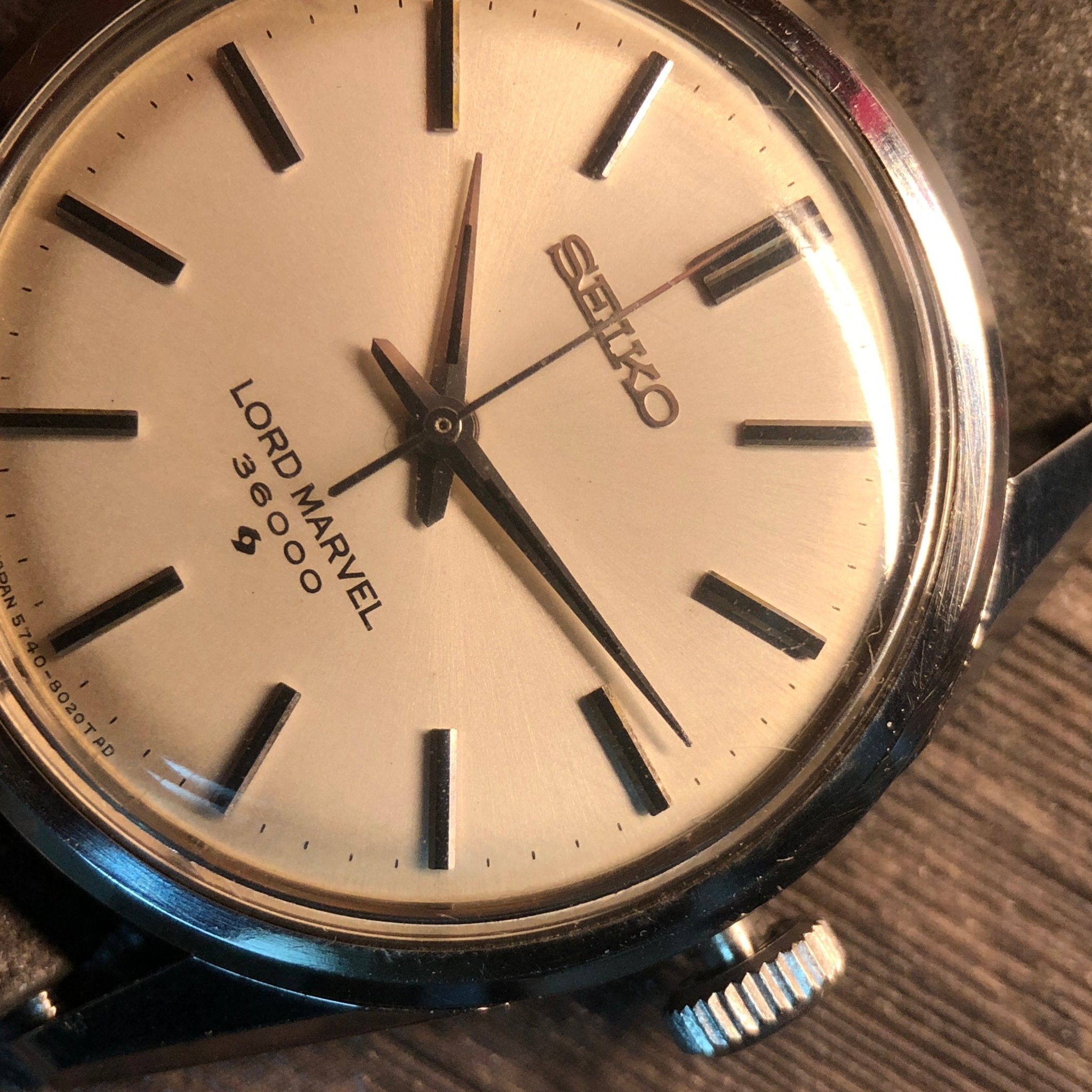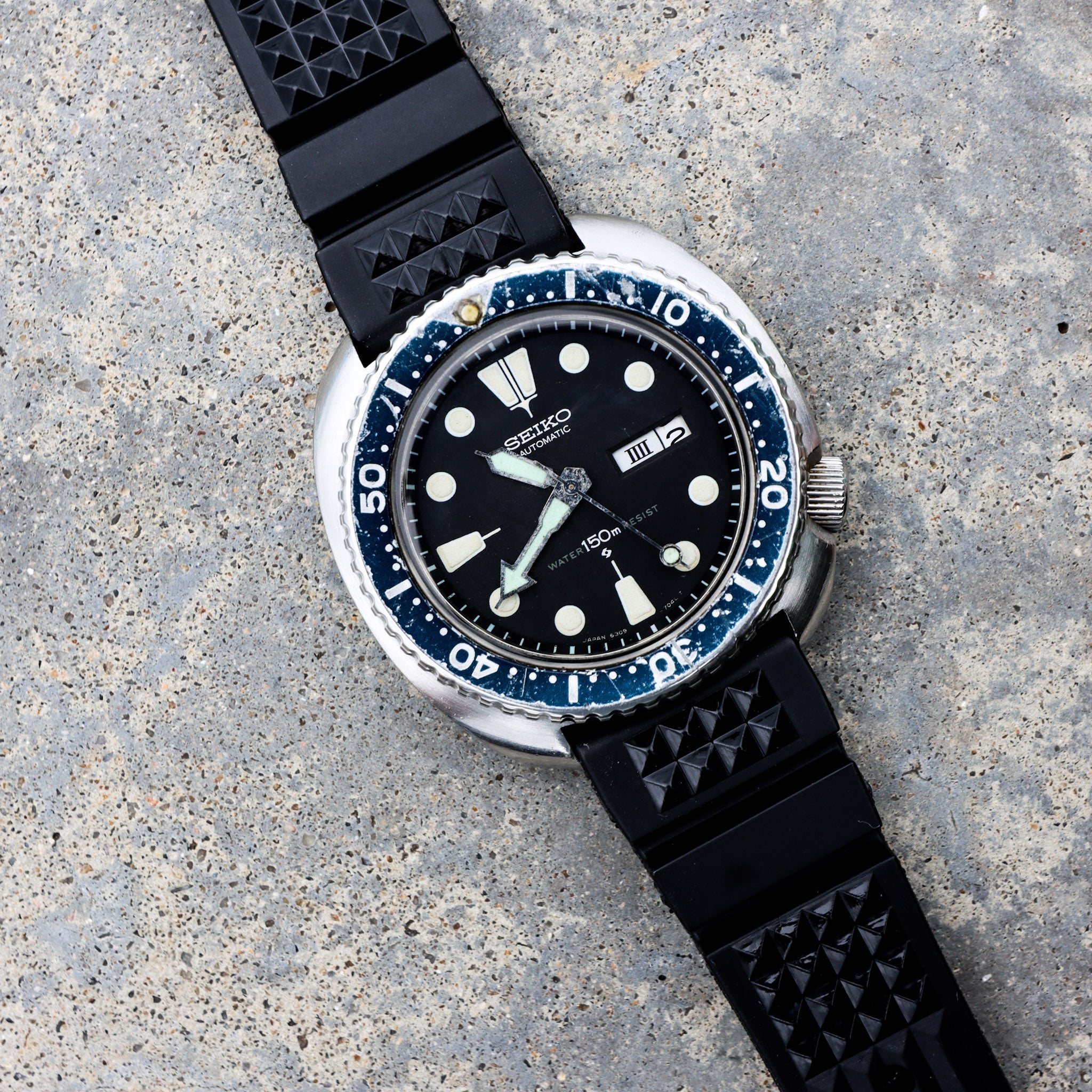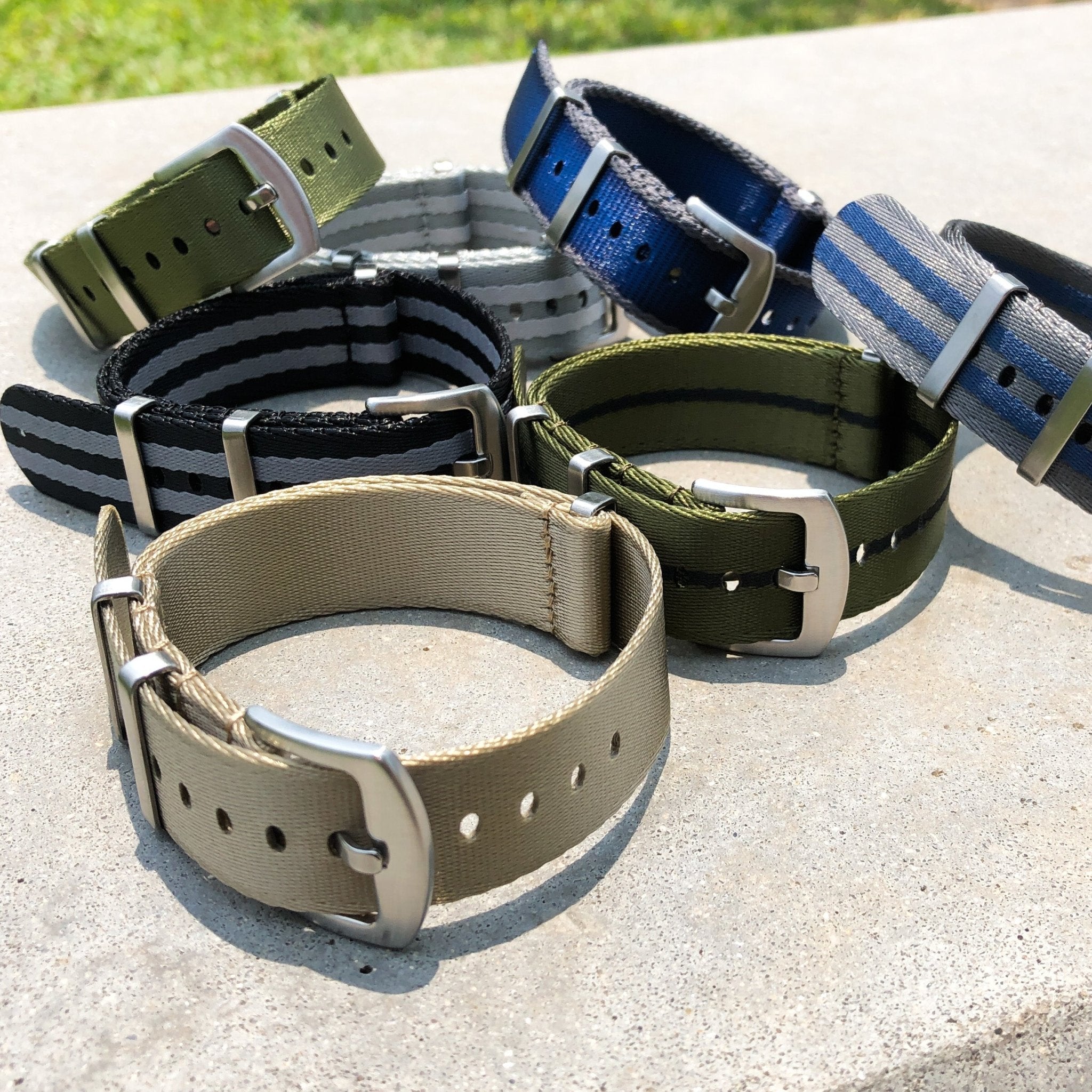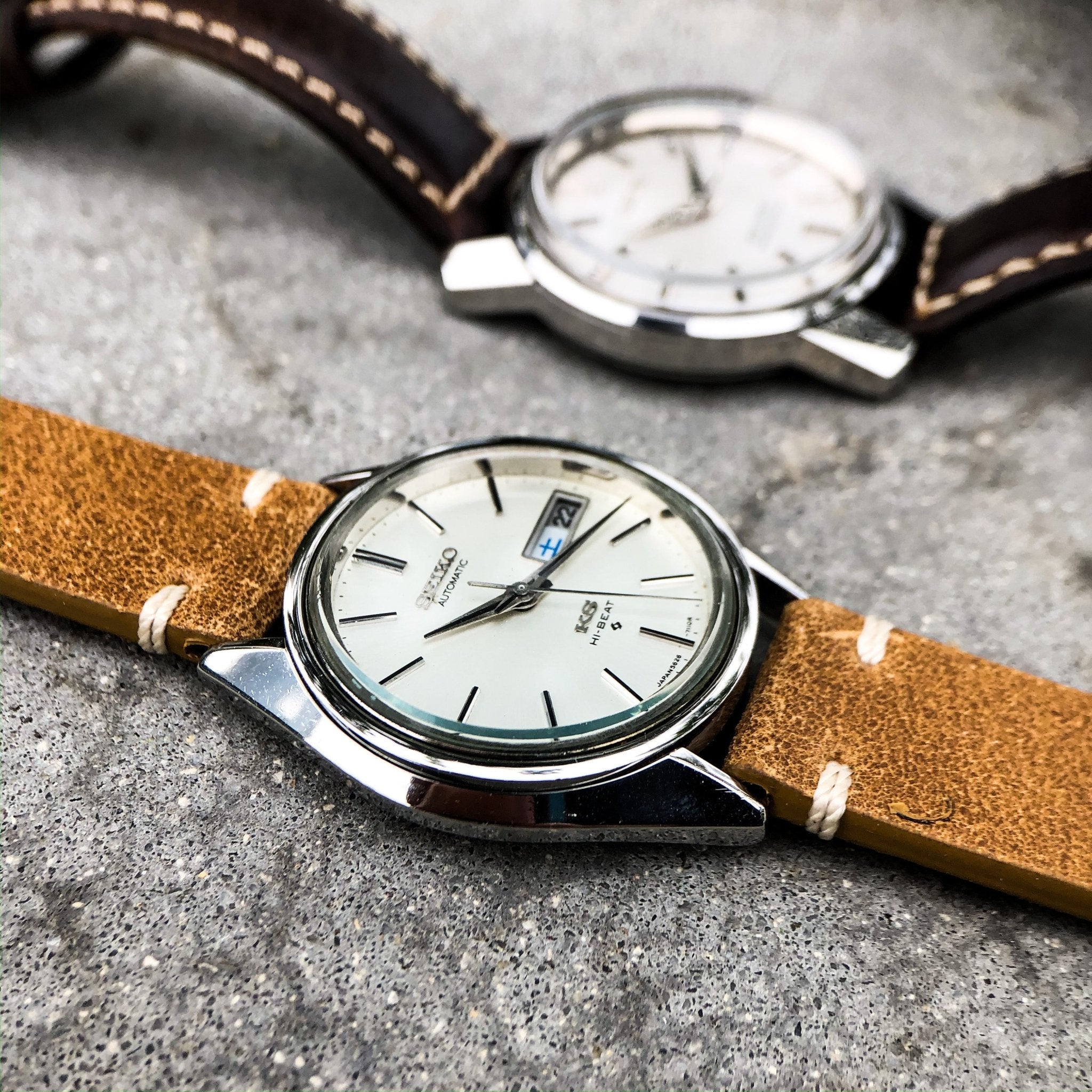The Best Value Vintage Cartier: Discovering the Tank Must Vermeil
Vintage Cartier Tank Must Vermeil's Unique Charm
Hey there, fellow watch enthusiasts! Today I would like to share something special and a recent watch lover favorite - Vintage Cartier. I’ve always got a real soft spot for pieces that pack history, style, and that unbeatable charm without breaking the bank. You may think vintage Cartier is no way related to good value, if you’re hunting for a vintage Cartier that feels like a smart investment rather than just another splurge, the Tank Must Vermeil is where it’s at. It’s got that iconic Tank silhouette, a touch of gold, and a story that makes it way more than a timekeeper—it’s a conversation starter and it's a pure classic. Let’s dive in and see why this beauty deserves a spot in your collection.

A Quick Look Back at Cartier: The Jeweler of Kings
Cartier isn’t just a brand; it’s a legend in the world of luxury. Founded back in 1847 by Louis-François Cartier in Paris, it started as a small jewelry workshop during a time of revolution and change in France. Louis-François was a master craftsman, but it was his son Alfred and grandsons Louis, Pierre, and Jacques who turned it into a global powerhouse. By the early 1900s, they had boutiques in Paris, London, and New York, catering to royalty, celebrities, and the elite. King Edward VII of England famously called Cartier the “jeweler of kings and the king of jewelers.” From diamond tiaras for maharajas to innovative watches, Cartier blended artistry with innovation, always pushing boundaries. Today, it’s part of the Richemont group, but that old-world elegance? It’s still at the heart of everything they do.
The Iconic Tank Design: Born from Battlefields
Now, onto the star of the show—the Tank. Picture this: It’s 1917, World War I is raging, and Louis Cartier spots the Renault FT-17 tanks rumbling across the Western Front. Inspired by their rectangular shape and bold lines (think top-down view with tracks as the side rails), he sketches up a watch that’s a total departure from the round pocket watches of the era. The first Tank prototype was gifted to American General John Pershing in 1918, and by 1919, it hit the market in solid gold. Clean Roman numerals, railroad minute track, blue sword hands, and that sapphire cabochon crown—it’s minimalist perfection. Over the years, it graced wrists like Jackie Kennedy’s, Andy Warhol’s, and even Princess Diana’s. It’s not just a watch; it’s a symbol of timeless sophistication that screams “I’ve got style” without trying too hard.
In our listings at Samurai Vintage Co., we’ve always highlighted how the Tank’s design draws from those military roots, but digging deeper, it’s fascinating how it evolved from a wartime inspiration into a fashion icon. The rectangular case with brancards (those extended side pieces) gives it that architectural edge that’s as fresh today as it was over a century ago.

The Evolution of the Tank Must: Sizes, Models, and Prices
The Tank Must line kicked off in the 1970s as Cartier’s way to democratize luxury during tough economic times. It took the classic Tank Louis Cartier blueprint but made it more approachable. Early models came in small sizes around 23mm x 30mm—perfect for the era’s wrists—but as market tastes shifted, larger options like 25mm x 34mm (often called LM for Large Model) emerged in the ’80s and ’90s. There were even jumbo versions pushing 28mm x 38mm for a bolder look. Sold gold case to start with then follow the Tank Must Vermeil cases (sterling silver electroplated with gold) helping Cartier to kept costs down while inviting more watch lover to put a Cartier Tank Must on their wrist.
Signature Models and Dials: The Heart of the Collection
When it comes to signature models, the Tank Must Vermeil shines with its variety of dial designs that capture different vibes—from understated elegance to bold statements. The most iconic is the classic white or ivory dial with bold Roman numerals and blued hands, offering that timeless Cartier look that's versatile for any occasion.
Then there's the inverted black dial, where white markers pop against a dark background, giving a more mysterious, evening-wear feel. And don't overlook the colored lacquered dials, like the rich burgundy or red, which add a splash of personality and are highly sought after by collectors for their rarity and vibrancy.
For even rarer finds, check out the "turtle shell" brown wood dial, with its organic, textured grain and subtle spider effect that adds unique character, or the 3-tone Trinity dial, blending shades of gold for a luxurious, multi-hued effect inspired by Cartier's Trinity rings.
These signature dials often feature the "Must de Cartier" script elegantly placed, and paired with the vermeil case, they create pieces that feel both luxurious and approachable.
Core reference of vintage Cartier Tank Must:
To give you a visual, here's a lineup of different sizes and models:
Include the classic Must de Tank with Roman numerals

Roman dial with 3-tone Trinity dial tri-colour Gold, Rose Gold and Silver highlight pattern

Colorful dial variants Red Black Blue Wooden colour with solid colour

Cartier Tank Must are available in both Quartz and rarer manual-wind editions.
Price-wise, you’re looking at great value: Entry-level quartz Vermeil pieces often go for $1,200 to $2,500 on the secondary market, while manual-wind rarities can climb to $3,000-$4,000 depending on condition. That’s a steal compared to solid gold Tanks from the same period!
And Cartier Tank Must on the wrist? It sits like a dream—subtle yet commanding:


Why the Tank Must Vermeil? Mechanical vs. Quartz and Those Dial Variants
Cartier created the Tank Must Vermeil to bring high-end vibes to more people. In the ‘70s, with gold prices skyrocketing and quartz tech booming, they swapped solid gold for vermeil and introduced quartz movements for reliability and affordability. But they didn’t skimp on the manual-wind options for purists who love that traditional feel.
Spotting the difference? Pay attention on the caseback, the Cartier Tank Must Quartz have 4 screw on the case back for easy battery change while the hand winding variant only have screw on the side of the case for the essential service.
Here are examples of Cartier Tank Must casebacks:
 Quartz Caseback with 4 screws at the back
Quartz Caseback with 4 screws at the back

Handwinding Movement Caseback
As for the movements inside: The manual-wind features the Cartier Caliber 78-1, a compact mechanical heart based on ETA designs, known for its reliability. Quartz versions use electronic movements like Cal. 90, powered by a battery for hassle-free operation.
View the movements:


Dials are where the fun is: Classic white with black Romans, sleek black with white markers, or bold reds and burgundies for a pop of color.
The red dials, like in our recent listing, are rare gems that age beautifully without cracking.
My Take as an Owner: Why You'll Love Wearing One
Man, slipping on a vintage Tank Must Vermeil is like stepping into a different era— in the best way. I've got one in my rotation, and it's my go-to for anything semi-formal. Yeah, the size might seem small by today's chunky dive watch standards (around 23-25mm wide), but back in the '70s and '80s, this was spot-on for guys.
It tucks under a cuff perfectly, no bulk, just pure class. Pair it with a suit or even a crisp shirt, and it elevates your whole vibe.

The manual wind? It's a ritual—giving it a few twists each morning feels personal, like connecting with the watch's soul. And that vermeil patina? It warms up over time, adding character that screams "I've got stories."
If you're after something classic and timeless that doesn't scream for attention but gets noticed anyway, this is it. Trust me, once you strap one on, you'll wonder why you waited so long to add it to your collection.

Vintage Charm vs. Modern Tanks: Why Go Old School?
Today's Tank Musts are slick—larger cases (up to 33mm+), stainless steel options, and even solar-powered quartz for eco-friendliness. They're built tough with modern movements and come in fresh colors.
But vintage? That's where the magic is. The Vermeil has that soft gold tone with natural wear that tells a story—no two are exactly alike. Modern ones feel polished and new, which is great, but vintage carries the patina of decades, making it feel like a heirloom from day one. Plus, you're getting authentic '70s-'80s history at a fraction of the price of a new gold Tank. If you want soul over shine, vintage wins every time.
Tips for Picking Your Perfect Tank Must Vermeil
These watches are over 40 years old, so a little homework goes a long way. First, eyeball the case: Look for even gold plating—some oxidation or light scratches add character, but deep wear might mean the gold's thinning out and could flake if not cared for. Avoid pieces with heavy brassing (where silver shows through); it's fixable but pricey.

Next, the dial: Solid color ones like lacquered reds or blacks can develop a "spider web" effect over time—it's not cracking, just natural aging from the paint reacting to moisture or light. Some collectors dig it for the unique patina, but if you want pristine, skip those. Here's what it looks like:

Finally, the movement: Manual-wind is the collector's choice for that authentic feel, but quartz is low-maintenance and reliable. The catch? Old quartz can be tricky to service—batteries leak, parts are scarce. That's why buying from a trusted seller matters. At Samurai Vintage Co., we service every Cartier we sell, checking seals, movements, and performance so you can just enjoy it worry-free for years.
There you have it—the Tank Must Vermeil is a vintage gem that's stylish, storied, and seriously undervalued.
Swing by our shop and let's find yours. What's stopping you from owning a piece of Cartier history?






Leave a comment